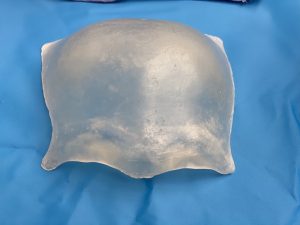Forehead augmentation in the male is distinctly different than that for females.The key differences are that men often need a concurrent brow bone augmentation and their foreheads are distinctly wider and less round than women. Women often want a more vertical forehead while men need to have a slight backward slope to it near the frontal hairline.






Dr. Barry Eppley
Indianapolis, Indiana





